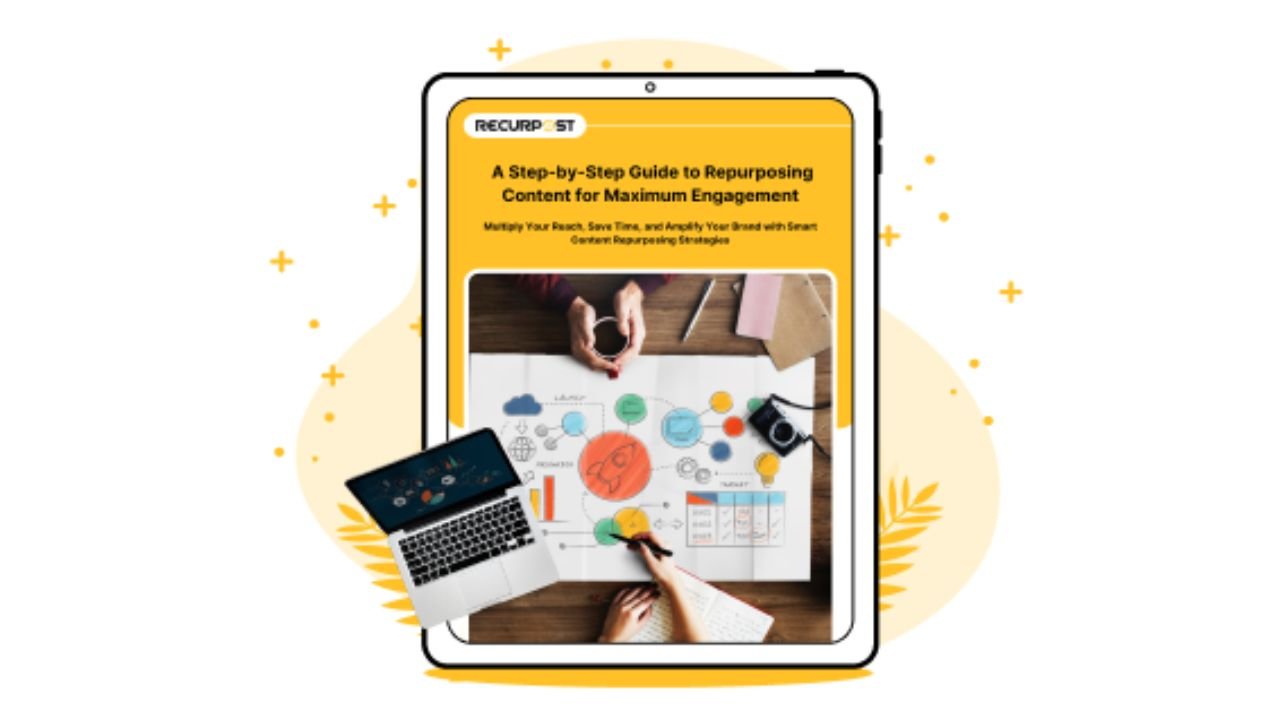Nobody plans on losing control. It doesn’t happen in a single night or with a dramatic crash like in the movies. It creeps. Slowly, often silently. A glass of wine to wind down turns into a bottle. A pill to take the edge off becomes a daily necessity. What begins as comfort starts to chain itself around a person’s day without them realizing it. And then, eventually, people around them start to notice.
But even then, addiction doesn’t always look how we imagine it. It isn’t always loud or reckless or obvious. Sometimes it hides behind a job, a family, a smile. And that makes the moment someone finally says, “We need to talk,” even more jarring—for everyone in the room.
When the Signs Are Hiding in Plain Sight
A lot of people don’t even see their own addiction coming. The word “addict” still carries so much weight and shame that many people avoid it altogether. They say they’re “just stressed” or “just tired” or “just trying to get through the week.” They don’t think of themselves as someone who needs help. They may not realize how much their moods, relationships, or even job performance have started to suffer. The trouble is, the people around them do see it. They just don’t know what to say.
This is where things start to stretch thin. Friends pull back, partners grow resentful, family members feel like they’re walking on glass. Everyone is waiting for something to change, but no one wants to be the one to light the match. What people don’t always realize is that addiction isn’t only a chemical struggle—it’s an emotional one, a social one, a deeply personal one. And getting through it means more than just stopping. It means finding new ways to live. A holistic approach to addiction often means rebuilding from the inside out, not just cleaning out a medicine cabinet or quitting cold turkey. It’s about re-learning how to function without the crutch—and figuring out what made you reach for it in the first place.
The Moment of Change Might Not Be Yours to Pick
Most people picture an intervention as a big, uncomfortable blow-up. But in reality, it’s less about blame and more about clarity. And for some families, clarity starts with calling in outside help. That’s where professional interventionists come in. These aren’t just therapists or addiction counselors—they’re people trained to read the room, to calm the storm before it explodes, and to help both the struggling person and their loved ones speak truth without tearing each other apart.
A proper intervention for alcohol or drugs isn’t about confrontation—it’s about structure. It’s a safe container for people to speak honestly, with guidance. It gives the person struggling a moment of stillness amid the chaos to actually hear what people are saying. That might sound simple, but when your life feels like it’s spinning or everyone around you feels distant or angry, that moment of stillness can feel like a life raft. And while not every intervention leads to instant change, it plants a seed. That’s often the first real step toward sobriety.
Some families feel like they’re alone in this process. They aren’t. In fact, hiring a professional interventionist is becoming more in demand as addiction becomes harder to spot and more layered than ever. These experts help loved ones navigate the fragile line between support and enabling, between concern and control. And they do it without judgment. That part matters more than most people realize.
Why Sobriety Looks Different Now
Sobriety used to feel like a punishment. Something cold, something forced, something that marked you as “other.” But that’s shifting. More people are being honest about their relationship with substances. More people are seeking out lives that feel clearer, simpler, less chaotic. And they’re doing it with their eyes open and their heads held high.
This isn’t about being perfect or living in fear of one mistake. It’s about choosing presence over escape. For some, that means a treatment program. For others, it’s therapy, new routines, healthier communities. There isn’t one path anymore, and that’s what makes recovery more accessible than it’s ever been. There’s room for imperfection. There’s room to stumble and still keep going. And for people who’ve lived in the shadow of addiction for years, that kind of grace can feel like oxygen.
What Comes After the Intervention
The aftermath of an intervention can go a hundred different ways. Sometimes the person agrees to treatment immediately. Sometimes they storm out. Sometimes they just go quiet. But something always shifts. Whether it’s subtle or dramatic, an intervention creates a ripple that can’t be undone. It shows the person that they’re seen, that people care, that help is right there—if they’re ready.
And even if they’re not ready yet, the conversation lingers. It settles in. Because deep down, no one wants to live chained to something they can’t control. They just want to know that when they reach for a way out, someone will be there.
Sometimes, the real intervention is the one we have with ourselves.



